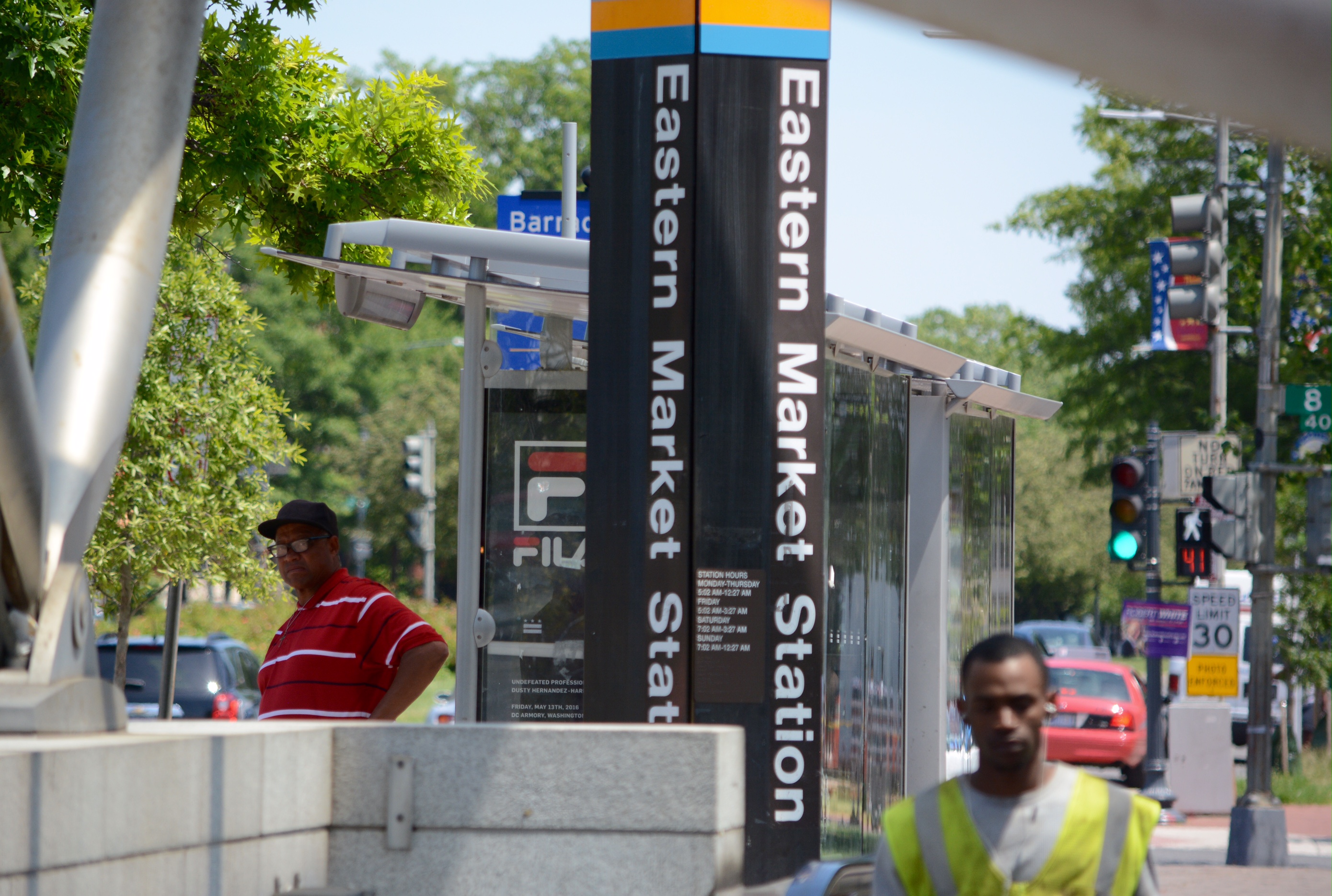WASHINGTON — Montgomery County could end up paying up to $1 million to cover the cost of dealing with Metro’s maintenance plan beginning in August.
Montgomery County Council’s Transportation, Infrastructure, Energy and Environment Committee was briefed Thursday by Metro’s Chief Operating Officer Jack Requa as well as Montgomery County’s Director of Transportation Al Roshdieh.
Requa described the work that will be carried out in “surges” across Metro’s system. Montgomery County’s Red Line will be affected in two “surges.” There will be continuous single tracking between Takoma and Silver Spring during the first surge from Aug. 1-7. There will be continuous single tracking between Shady Grove and Twinbrook from Aug. 9-18.
But the work that will really test the limits of both Metro and commuters no matter how they travel, Requa told the council committee, will be the surge that occurs along the line segment between NoMa and Fort Totten from Oct. 10 through Nov. 1.
Requa says that surge will affect 108,000 weekday trips, and unlike the August work that takes place when traffic and transit ridership is traditionally light due to vacations, the October repair period will happen at a time when the region is back to work, and schools are in full swing.
Roshdieh, head of MCDOT, said that while Montgomery County will add buses, providing free bus bridges from the Silver Spring Transit Center and Fort Totten via Takoma Station along Blair Road, “there are not enough buses in the entire region” to make up for the loss of Metro service during that time period.
And even if the county had enough buses to accommodate the added riders, Roshdieh said “the traffic in our region would not even have the capacity to allow that many additional vehicles to be on the road.”
Roshdieh told the committee that Maryland Secretary of Transportation Pete Rahn had written a letter in response to his request for added MARC rail service. In the June 20 letter, Rahn said Maryland Transit Administration could add cars to existing train service on the Camden and Brunswick lines, but that it would not be possible to add train service during the day because CSX and Amtrak could not accommodate changes “given the short notice.”
Rahn also explained that the State Highway Administration was working on a schedule to coordinate road construction projects so they didn’t conflict with times when traffic is expected to increase due to Metro’s maintenance schedule. Roshdieh said it’s expected traffic will increase up to 10 percent during those periods and minimizing road construction during those times could help ease projected congestion.
A lot of emphasis has been put on getting commuters to change their habits. Requa repeated that when he spoke to reporters outside Thursday’s meeting.
He said finding other methods to get to work will be critical to avoiding gridlock: “Biking, carpools, telework, whatever — because really, the capacity isn’t all there” for buses or other Metro lines to handle riders diverted from their typical routes.
Roshdieh sounded a note of optimism in Thursday’s meeting: “Some folks who are forced to change to other modes of transportation, such as bike commuting or teleworking — they may find that to be good enough to continue — even after this.”







